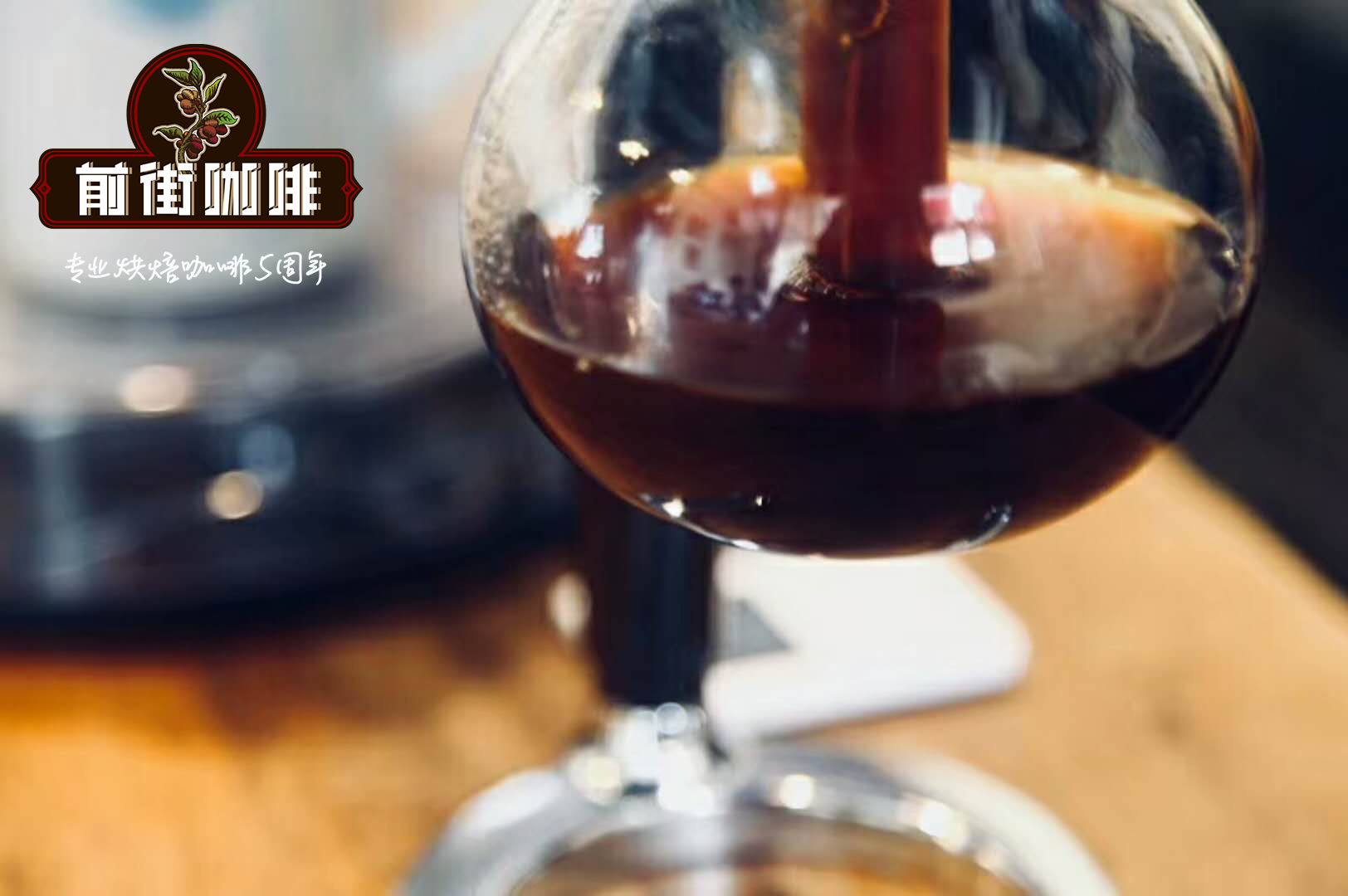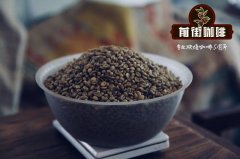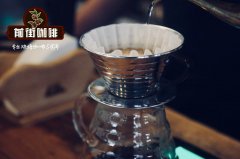Introduction to the Flavor characteristics of Red Honey Rose Summer in Costa Rica the boutique of Benfeigo Farm has a high sex-price ratio.

Farm: El Beneficio
Farmer: Juan Ramon Alvarado
Country: Costa Rica
Province: Heredia
City: San Isidro
Altitude: 1500-1600m above sea level
Variety of coffee: Rose summer
Processing: red honey treatment
Flavor: light aromas of mint and caramel. Light body style, slightly floral rose summer, with some roses and rose tea. Milk chocolate, honeysuckle, Asian pear, papaya, barley, roasted peanuts, cocoa. The taste of butter.
Rosa coffee can be very expensive and there is a lot of demand, especially from the international community. This kind of coffee is relatively cheap. Although its price is higher than other coffee we usually serve, it is not cheap for Rosa varieties.
In the past, we served coffee from the Brumas del Zurqui micro-processing plant, and we were always impressed by the owner Juan Ramon Alvarado's concern and attention to coffee processing. The factory was set up on his El Beneficio farm in 2004 and processes coffee from several other farms. Juan Ramon (Juan Ramon) is considered a pioneer in coffee processing and produces coffee in a variety of processes, such as water washing, natural and honey treatment. Juan Ramon's micro-processing plant is located in the central valley of Costa Rica. The factory was founded by Juan Ramon Alvarado (Juan Ramon Alvarado) and Natalya Gomez (Natalia Gomez), whose family has been producing coffee for more than a century.
Rose is a family heirloom from Ethiopia that produces slender blue-green coffee beans with a special aroma and floral scent. Price Peterson, which owns the Grand Manor of Panama (Hacienda Esmeralda), conducted an experiment a few years ago to grow it with a wider variety. The result is a rediscovery of other varieties with excellent fruity, floral and flavor, but with both balance and refinement, without the superior varieties of other coffee. Coffee growers in other countries quickly followed suit, and the variety won many awards in the "Excellence Cup" competition held around the world.
Since the advent of the miniature beater, the most famous of which was developed by Penagos of Colombia, small processors have been able to process their own coffee at a lower entry cost. These machines use pressurized water mist to peel off the skin of coffee cherries and can remove the pulp (the fruit around the coffee shell) to a good tolerance, leaving a certain amount of pulp on the skin to dry. After removing all the pulp, the coffee will be washed completely. When a small amount of flesh is left, it is called yellow honey treatment. A little more pulp red honey treatment (like this coffee), a lot of black honey treatment. When no pulp and skin are removed, naturally. There is no greater use of machinery than anywhere else in Costa Rica, where farmers have sold cherries to large wet mills, to processing their own coffee, to selling coffee under their own name countless times. To this end, it is necessary to have a keen understanding of growth and processing, so everyone has the ability to participate.
Important Notice :
前街咖啡 FrontStreet Coffee has moved to new addredd:
FrontStreet Coffee Address: 315,Donghua East Road,GuangZhou
Tel:020 38364473
- Prev

Panamanian BOP Champion Manor Aurora Manor introduces why Aurora Manor is called Iron Man Rose Summer.
Origin: Panama Panama: Candela, Chiriqu Manor: Finca Auromar Aurora Manor owner: Roberto Brenes altitude: 1650m production season: 2019 varieties: Geisha raw bean treatment: washed Washed baking degree: shallow flavor: rich aroma of jasmine and elderberry, fresh orange, litchi, full of juice, Yu Yun long-lasting manor introduction Ba
- Next

Colombia Cymbidium region Dumbo washed flavor how to Dumbo coffee name origin
Name: Colombia supreme DUMBO WashedFlavor description: stone fruit, vanilla, nuts, dark chocolate finish, rich caramel aroma, rich taste. Country: Colombia (Colombia) Region: Huila Producer: Huila Local smallholder coffee varieties: Caturra, Typica, Bourbon Elevation:
Related
- Detailed explanation of Jadeite planting Land in Panamanian Jadeite Manor introduction to the grading system of Jadeite competitive bidding, Red bid, Green bid and Rose Summer
- Story of Coffee planting in Brenka region of Costa Rica Stonehenge Manor anaerobic heavy honey treatment of flavor mouth
- What's on the barrel of Blue Mountain Coffee beans?
- Can American coffee also pull flowers? How to use hot American style to pull out a good-looking pattern?
- Can you make a cold extract with coffee beans? What is the right proportion for cold-extracted coffee formula?
- Indonesian PWN Gold Mandrine Coffee Origin Features Flavor How to Chong? Mandolin coffee is American.
- A brief introduction to the flavor characteristics of Brazilian yellow bourbon coffee beans
- What is the effect of different water quality on the flavor of cold-extracted coffee? What kind of water is best for brewing coffee?
- Why do you think of Rose Summer whenever you mention Panamanian coffee?
- Introduction to the characteristics of authentic blue mountain coffee bean producing areas? What is the CIB Coffee Authority in Jamaica?

